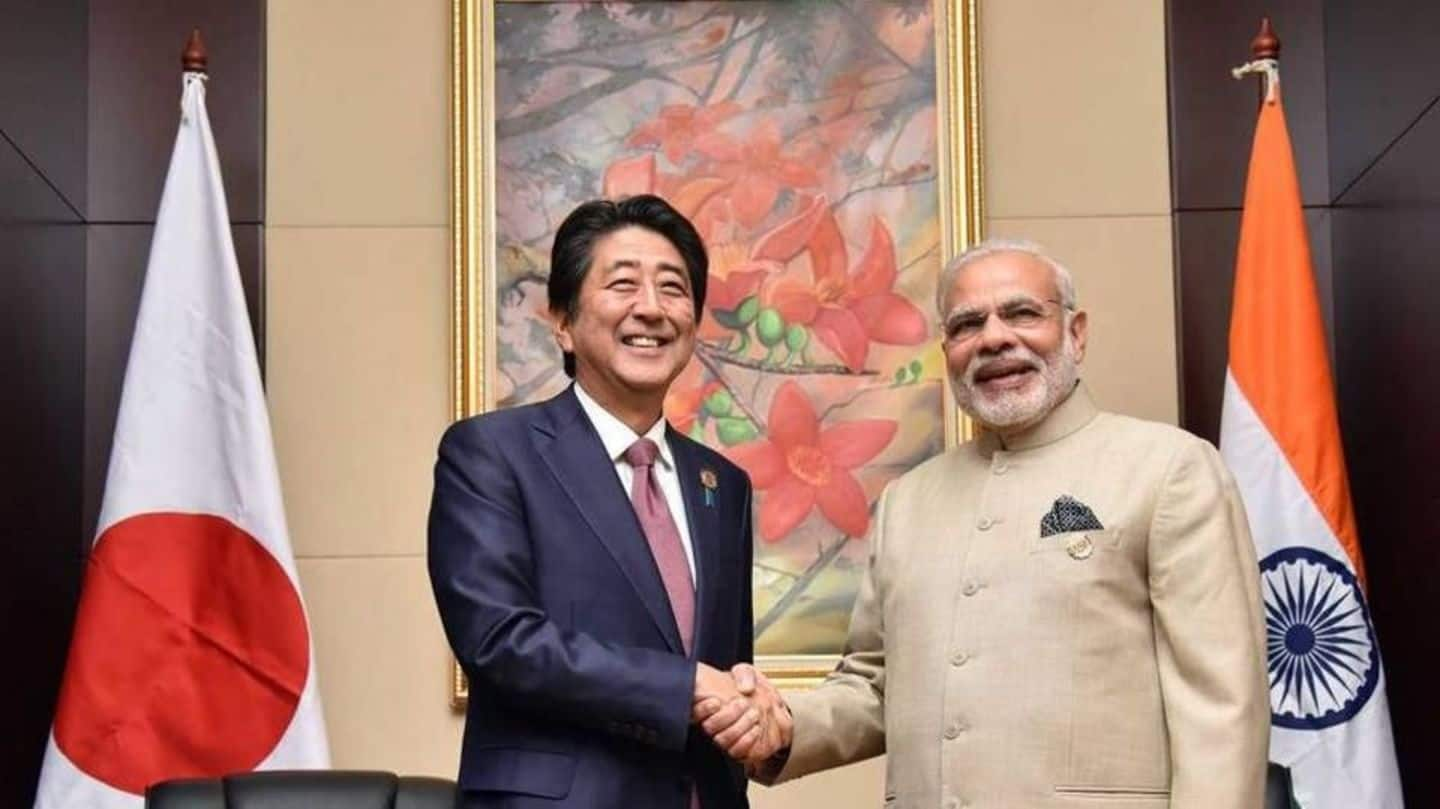
India and Japan: Friends in need, friends indeed
What's the story
For Indian PM Narendra Modi and his Japanese counterpart, Shinzo Abe, time is a ticking bomb, because with every passing minute they are coming closer to a problem, that if not remedied, would be catastrophic for both the economies. Perhaps, this is why it is pertinent that they come to each others' aid. What is the problem? Read to know.
India
India's population boom
It is expected that within the next four years, 64% of Indian population will fall under the working age category, fuelling the growth of the economy. However, they can't do it sans opportunities. There's a dearth of jobs in India due to lack of private investments. Modi's grand "Make in India" plan needs foreign investments to provide employment to this expanding working age population.
Japan
Japan's population snag
This is where Japan and Abe come in. To sustain an economy, one needs labor. However, Japan's working-age population has been on the decline since a decade. As a result, its businesses have also slowed down. With Modi facilitating easy access, the Japanese are now bringing their businesses and investments here, creating jobs and opportunities. It's a match of convenience and mutual benefit.
Investments
A good partnership
Japanese investment in India has increased by leaps and bounds. During 2016-17, it reached $4.7 billion, which is a considerable jump from $2.6 billion that was noticed during 2015-16. At present, Japan is India's third biggest investor and in terms of single country source, it's the highest investor. Almost 8% of India's foreign direct investment, $25.67 billion, between 2000 and 2017, came from Japan.
Handshake
A win-win situation
India and Japan go well together for a very simple reason. Japan has the leading technology and the money, which India needs to grow and to employ its millennial population. On the other hand, India's growth and a large working population will help to nullify the damages, suffered by the Japanese economy due to an aging workforce.